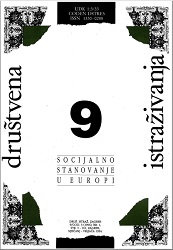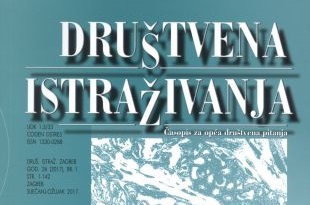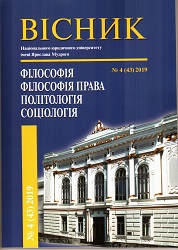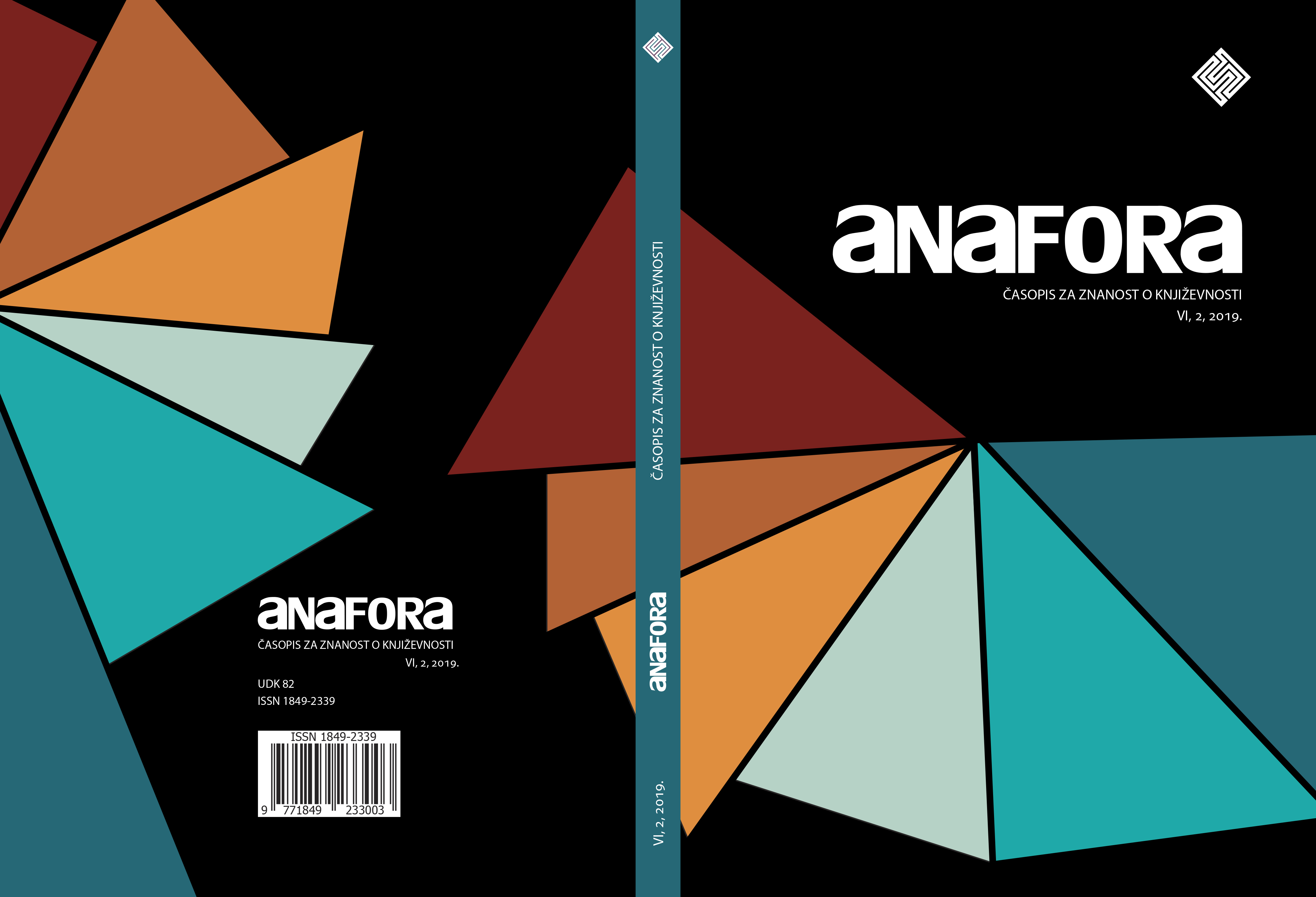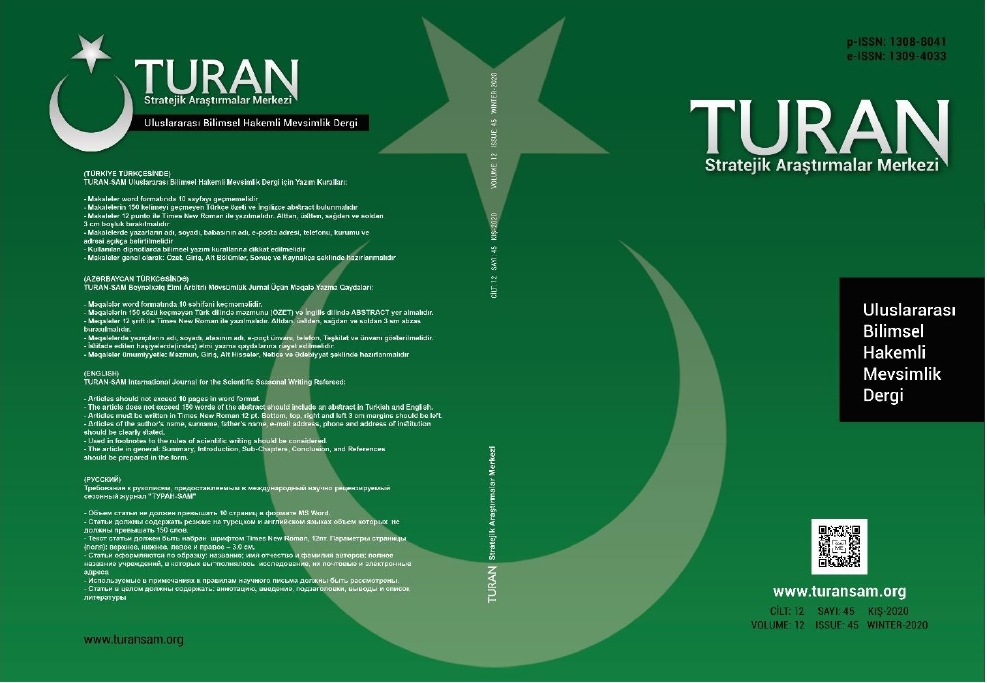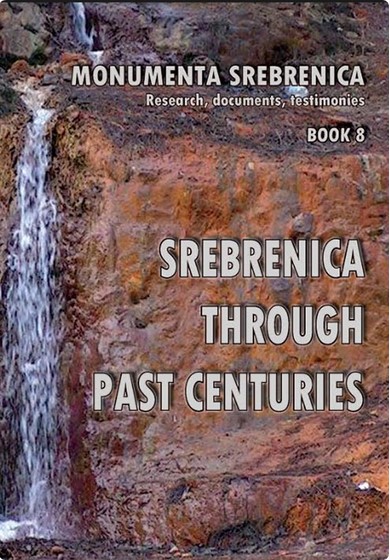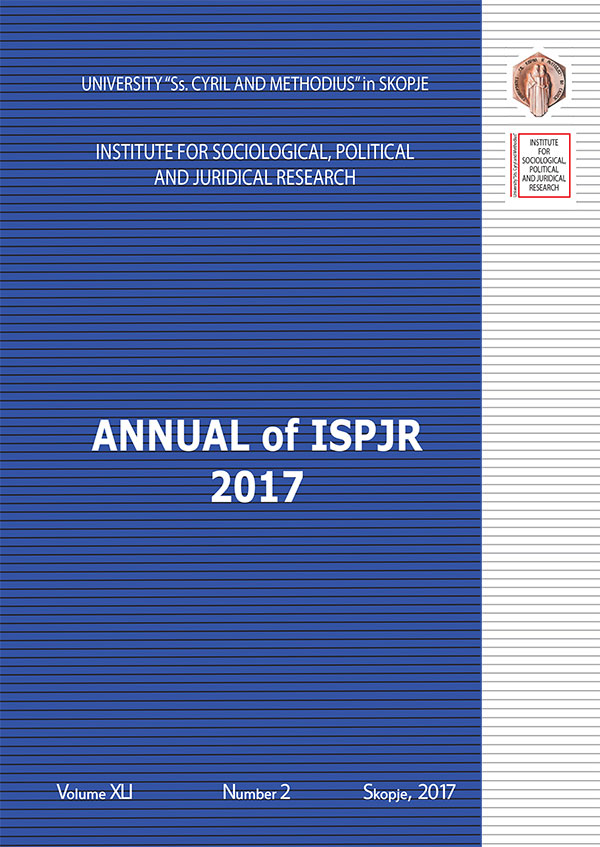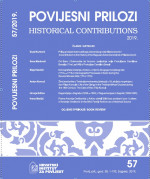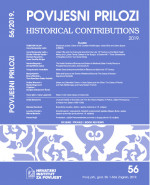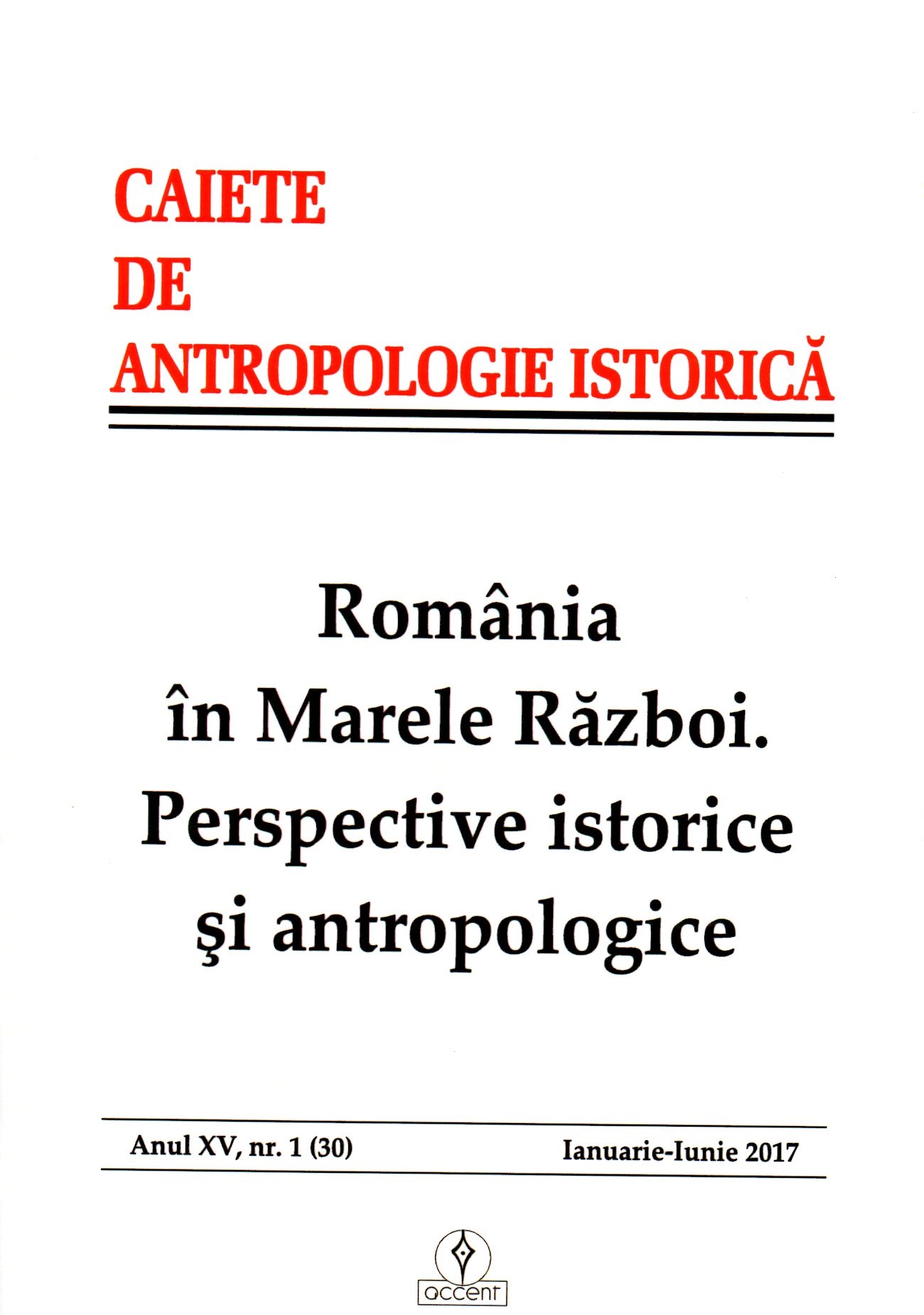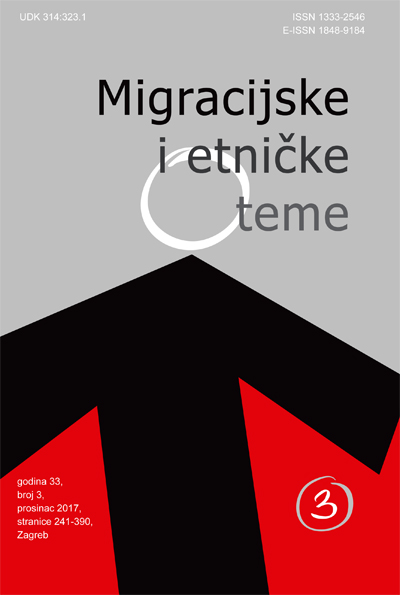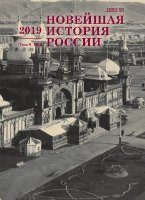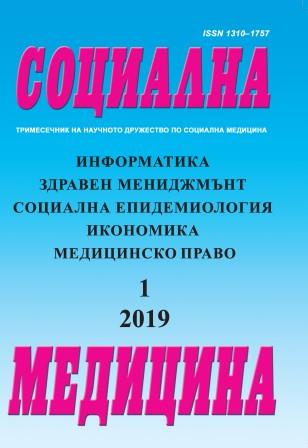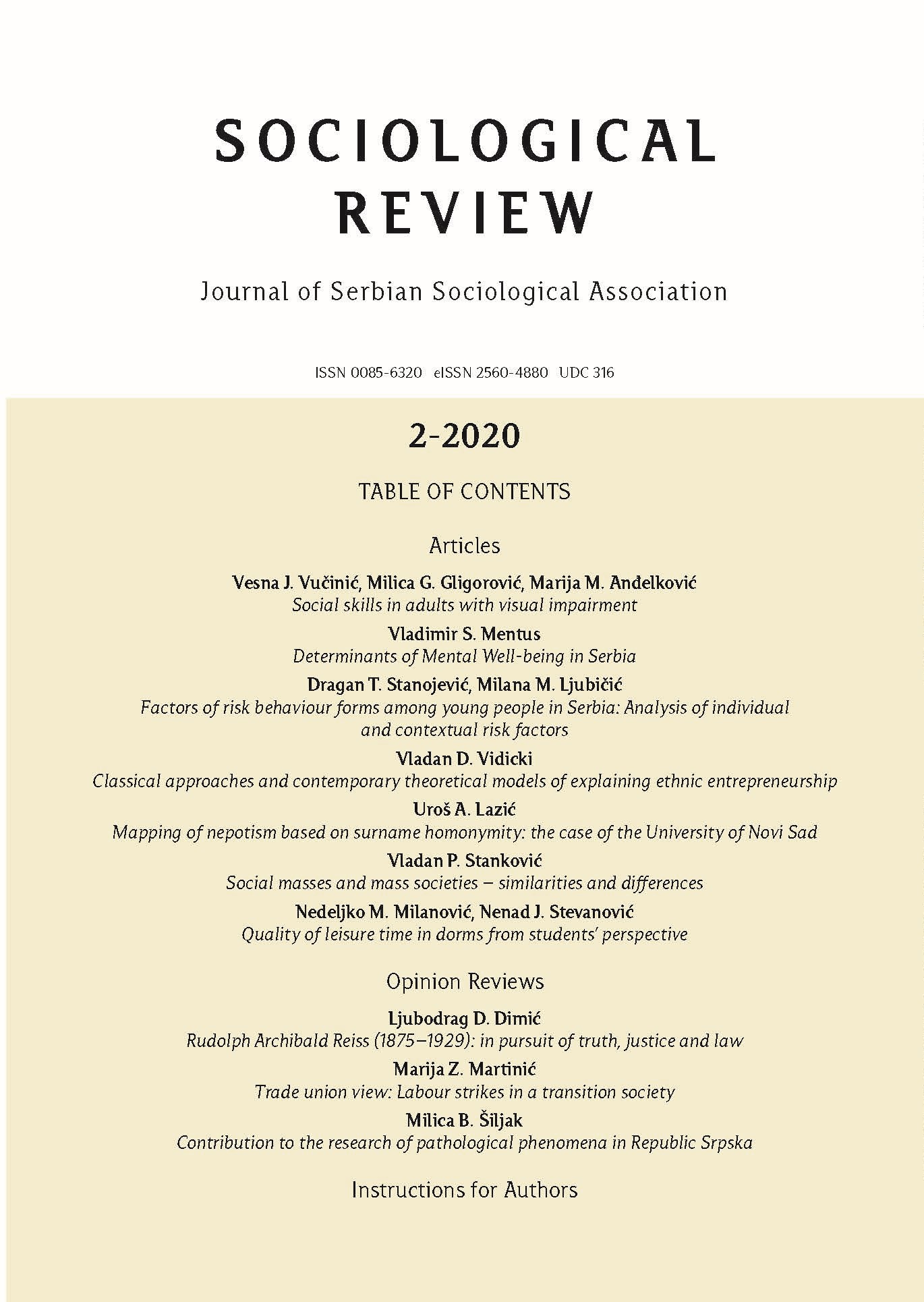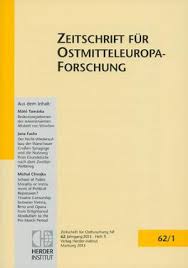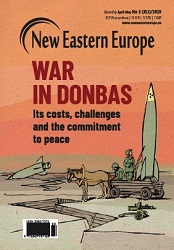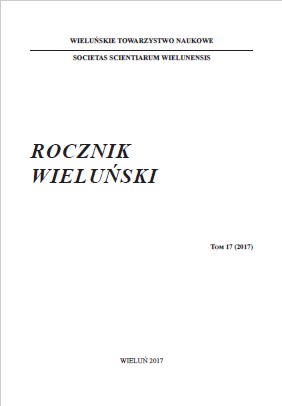Author(s): Saša Mrduljaš / Language(s): Croatian
Issue: 3/2019
The existing, largely heterogeneous, religious and ethnic image of Montenegro is a result of profound transformations that have occurred on its territory over the past thousand years. The early medieval Principality of Duklja, with its backbone on contemporary Montenegrin soil, belonged to the Catholic sphere during and after the Schism of 1054. The same was true of neighbouring principalities of Travunia and Zahumlje, which were under the rule of Duklja for much of the 11th and 12th centuries. The metropolis of Bar played the role of the religious centre of the Principality of Duklja, which later became a kingdom. It was also the political pillar of the Vojislavljević dynasty.
At the end of the 12th century, the former Duklja, Travunia, and Zahumlje came under the rule of Serbia, whose Orthodox church organisation acquired independent status in 1219. On the other hand, the Archbishoprics of Žiča and Peć, the latter subsequently becoming a patriarchate, were political backbones of the Serbian dynasty of Nemanjić. Since it was a period of sharp polarisation between Catholicism and Orthodoxy, the population of Duklja and Zahumlje were almost completely con¬verted to Orthodoxy under Serbian rule. Coastal cities were a significant exception. For practical reasons, they were allowed to keep their autonomous status, including Catholicism. Under the influence of the Republic of Ragusa, Croatia, Bosnia, and the Franciscan Order, Catholicism was partially restored in the western parts of former Zahumlje and some coastal regions of Travunia. However, among the Slavic population of present-day Montenegro, Catholicism persisted only in coastal centres and in part of the settlements that gravitated towards them.
Following the disintegration of the Serbian state, largely driven by the Ottoman invasions of the Balkans, as well as the period of change of different state authorities, the coastal areas of Montenegro came under the rule of the Venetian Republic largely during the first half of the 15th century. Subsequent Ottoman conquests reduced the Venetian coastal possessions to tiny, mutually separated enclaves within which Catholics and Orthodox continued to co-exist mostly harmoniously. Throughout the rest of the coast, suffering further losses, this time under the Ottomans, Catholicism was maintained among a minor part of the Slavic population occupying the area surrounding Bar.
Further changes in the religious and ethnic image of Montenegro took place under the Ottoman influence. By breaking into certain border areas, Albanians established their definite domination already at the end of the Middle Ages. Furthermore, the mass Islamisation of the Albanian Catholic population encouraged similar processes in the Slavic neighbourhood. Together with neighbouring Herzegovina and northern Albania, Montenegro became a demographic source of mass migration to neighbouring, war-depopulated areas. Among other destinations, migration was directed towards the present-day Sandžak, which was continuously settled by the Montenegrin Orthodox and Muslim population. However, the most far-reaching phenomenon was the formation of sub-Lovćen Montenegro. Having expanded and acquired state capacity, its Orthodox population established a special form of self-awareness.
The ethnic differentiation of the Slavic population of Montenegro was closely linked to the religious one. Catholics were firmly oriented towards the West, which was further encouraged mainly by the prevalence of Orthodoxy but also Islam. This orientation, among other things, led to socio-cultural integration into the broader ethnic entity that shared their language and religion and became recognised as Croatian during the processes of nation formation. Since the distinct existence of Orthodoxy complied with the goals of the Serbian dynasty and state since its initiation, certain forms of Serbian proto-national awareness were conceived early among the Montenegrin Orthodox. Over time, it was challenged by the idea of Montenegrin ethnic state. This caused a break in the identity of the Montenegrin Orthodox, which con¬tinues to preclude their final national self-determination. As holders of the Ottoman- Islamic state concept, the Slavic Muslim population of Montenegro was historically strongly distanced from Christian fellow countrymen speaking the same language. At the same time, they identified with the rest of the Slavic Muslim population, most¬ly concentrated in Bosnia, which finally enabled their co-existence with the Bosniak national construct.
Given the extreme complexity of the religious and ethnic image of Montenegro and the processes that shaped it, it is expected to raise many important research questions. The attached paper focusses on one of them. Almost the entire area of intertwined relations between Slavic Catholics (Croats) and Orthodox (Serbs/ Montenegrins) was located in the part of the Montenegrin coast that defended itself against the Ottoman invasions during the Venetian rule (eastern Boka Kotorska, the town of Budva, Paštrovići), that is, the part that was liberated from the Ottomans at the turn of the 17th century (western Boka Kotorska, the mountain range of Orjen in its hinterland, Grbalj, the immediate surroundings of Budva). During the subsequent second Austrian rule (1814–1918) the mentioned areas were parts of the Kingdom of Dalmatia and in 1878 they were joined Spič, a part of the Ottoman Catholic–Orthodox zone west of Bar. Since the centre of the whole area was located in the Bay of Kotor, together with Boka, it was also known under the name of Boka Kotorska in the narrow sense.
Despite centuries of interaction between Catholics and Orthodox on the ground of Boka, the first comprehensive data which may be analysed to provide a numerical insight into their religious–ethnic relations were obtained from Austrian censuses conducted from the second half of the 19th century. However, until the end of that century, those censuses did not allow for a more accurate image of the ethnic features of Boka and (much of) its settlements. The first to make this possible is the 1900 census. Therefore, by analysing the data provided by that census, the enclosed paper attempts to specify in numerical terms the ethnic relations between Croats and Serbs/Montenegrins on the territory of Boka Kotorska, including all its settlements. More precisely, the paper deals with the territory of Kotor district, which included Boka Kotorska at the time.
According to available insights, within Kotor district, which occupied 673.79 km², there were 34,115 inhabitants in 1900, of which 9,565 or 28% were Croats and 23,746 or 69.6% were Serbs/Montenegrins. There were significant ethnic differences between certain parts of the said district. The mountainous regions of Orjen, inhabited by the Krivošije tribe, were almost completely homogeneous. The area of approximately 200 km² was settled by 2,235 inhabitants, of which 42 or 1.9% were Croats, mostly immigrants, while 2,187 or 97.9% were Serbs/Montenegrins. The situation was similar in the coastal area between Kotor and eastern Spič (Grbalj municipality /without Lješević/, Budva and its immediate surroundings, Paštrovići and three homogeneous Serbian/Montenegrin settlements in the western part of Spič municipality). The area of approximately 210 km2 was occupied by 9,427 inhabitants, of which 368 or 3.9% were Croats and 9,012 or 95.6% were Serbs/Montenegrins. Within that area, Croats lived as indigenous population only in the town of Budva (301) and as a small minority in Kastel Lastva, which was subsequently renamed Petrovac na Moru (21).
Boka Kotorska was ethnically heterogeneous in the narrow sense. This applied to the coastal areas of the bay as well as those that were not by located the sea but gravitated towards the Boka coast. The narrow area of Boka occupying approximately 230 km² was inhabited by 21,473 people, of which 8,332 or 38.8% were Croats and 12,390 or 57.7% Serbs/Montenegrins. There was a noticeable difference between the western part of Boka, which had once belonged to the Ottoman Empire, and the eastern part, which used to be under the Venetian Republic. In 1900 the former Ottoman Boka was inhabited by 9,879 people, of which 1,190 or 12.1% were Croats while 8,438 or 85.4% were Serbs/Montenegrins. The area of former Venetian Boka had 11,594 inhabitants, of whom 7,142 or 61.6% were Croats and 3,952 or 34.1% were Serbs/Montenegrins.
This formerly Venetian part also consisted of two separate, more or less homogeneous, ethnic entities. One was predominantly Croatian, with 9,458 inhabitants, of whom 7,023 or 74.3% were Croats and 1,935 or 20.5% were Serbs/Montenegrins (many settlements on the Vrmac peninsula/mountain, a part of the sub-Lovćen coastal area, and the towns of Perast, Strp-Lipci, Kostanjica, Đurići, Krašići). The predominantly Serbian/Montenegrin majority counted 2,136 inhabitants; 119 or 5.6% of Croats and 2,017 or 94.4% of Serbs/Montenegrins (Luštica without Krašići, Krtole, Lješevići)
Particularly interesting was eastern Spič, occupied by 980 inhabitants, of which 823 or 84% were Croats and 157 or 16% were Serbs/Montenegrins. Eastern Spič should essentially be considered in the context of the remaining Bar coast, which belonged to the Principality of Montenegro at the time. It should be noted that this Montenegrin part of the Bar coast was distinguished not only by the presence of the Croatian and Montenegrin population but also by a strong representation of the Bosniak community. As already pointed out, although relatively homogeneous ethnic entities existed within the Kotor district, including the mentioned entity between Kotor and eastern Spič, precisely its ethnic features, together with those of the immediate surroundings of Bar, allowed the total coastal area between Herceg-Novi and Bar to be perceived as a space of exchange between Croats and Serbs/Montenegrins.
The area of Boka Kotorska is one in a series of localities where a heterogeneous ethnic image was historically formed. Such regions are particularly interesting to re¬searchers since the complex ethnic image could only emerge from complex political and social processes. The paper aimed at reconstructing that image according to the results available from the 1900 census. The study focussed on data relating to distinc¬tiveness that providing a basic insight into its features. Such phenomena certainly need to be addressed, as well as the processes they caused. They primarily fostered a special social climate in which one had to pay attention to differences and know how to co-exist with them. The entire Montenegrin coast has extensive experience in this regard.
Many problems arose from this experience. Some of them were self-imposed or constituted reflections from the wider social scene or were imported by the immigration of individuals with different cultural and political sensibilities. The fact remains that, even during the worst temptations experienced in the area, despite all the differences and regardless of religion and variable historical conditions, the population of Boka has preserved the ability to co-exist. Although the “set of circumstances” played a role in this, such development was not undermined by the distinctive flexibility of the Montenegrin coastal population, regardless of religion. It manifested itself through centuries of mutual interaction and multiple social ties, including familial ones. This positive heritage and the culture that produced it should also be attributed due importance. Finally, the meaning of Catholicism and Orthodoxy was perhaps best manifested exactly at that level.
More...
